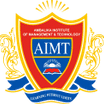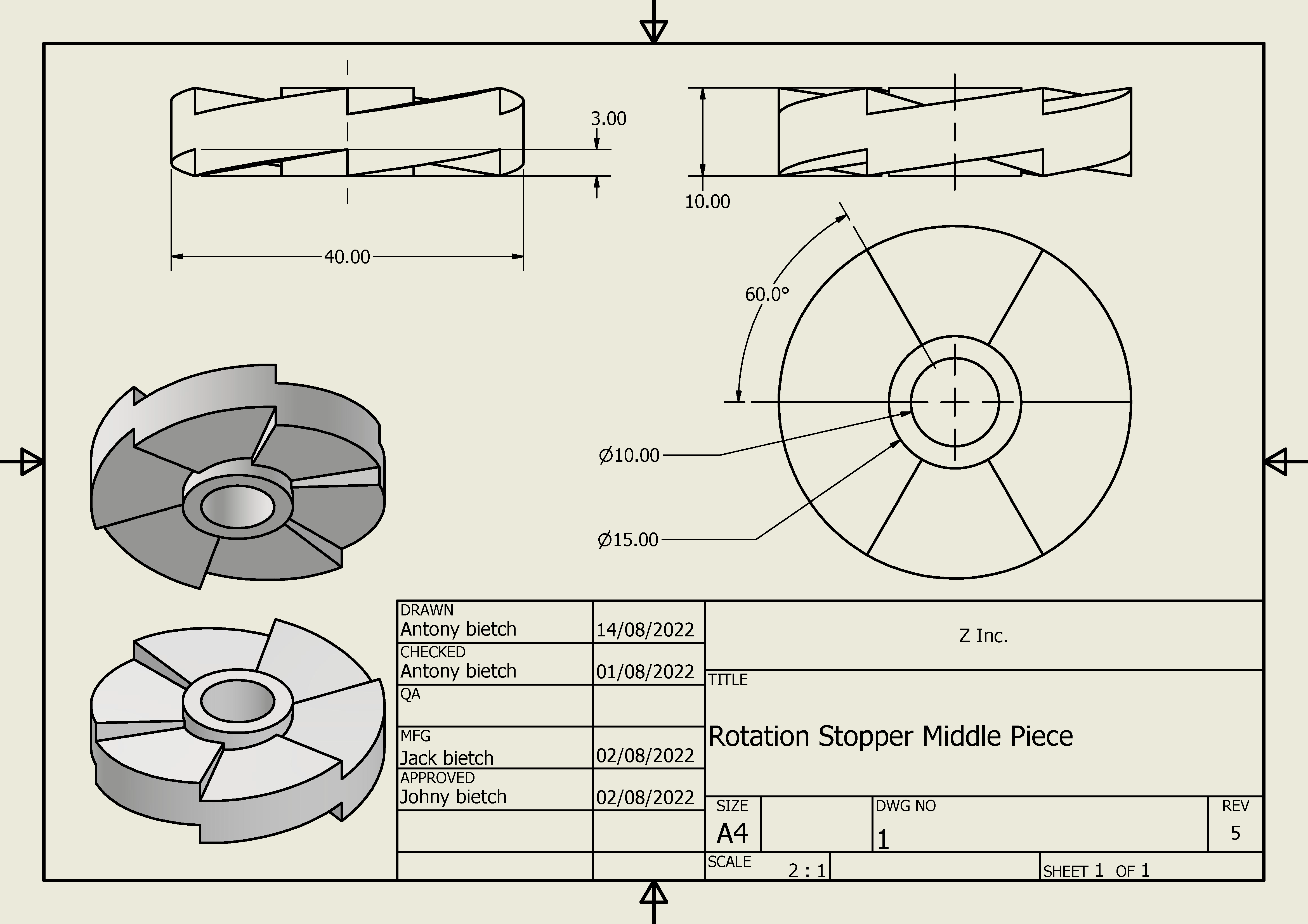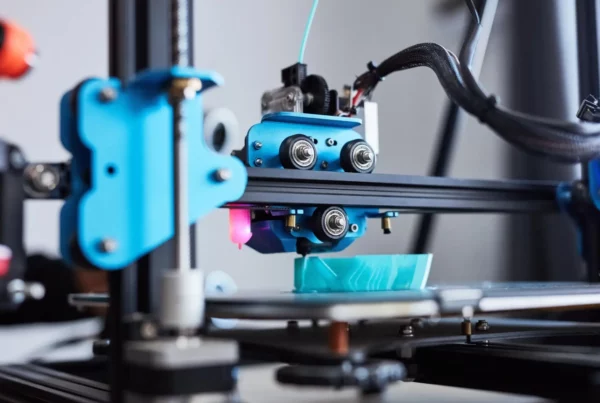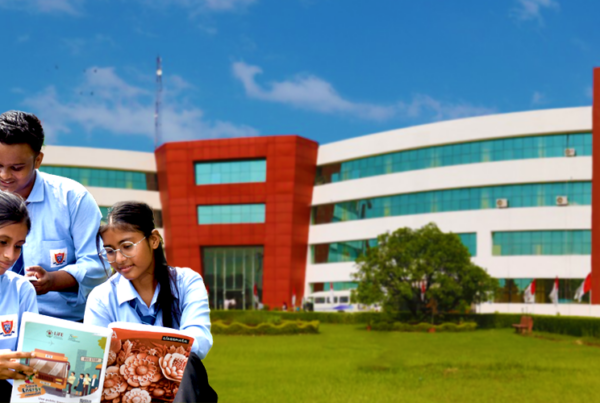2025 has been a year alive with change, challenges, and constant innovation. Engineering today isn’t just about grand skyscrapers or shiny cars anymore. It’s about tackling daily problems with clever, down-to-earth solutions that you see and use in real life. Today, let’s take a look at some practical engineering marvels making life better for everyday people around the globe: just simple, real-world ideas.
Smarter Roads for Smoother Cities
In many global cities, traffic has become noticeably less congested. This is because across many urban areas, engineers have installed adaptive traffic lights and smart crosswalks, which use sensors and AI (behind the scenes) to manage the flow based on real-time conditions.
- What’s the practical solution here? Imagine waiting at an intersection—a camera senses the exact number of vehicles and pedestrians. Instead of cycling through a rigid timer, the light changes when it actually needs to. This reduces traffic jams and shortens commute times.
- How has it helped? For many people, it means getting home faster, less honking, and fewer accidents. Plus, these systems help cut down fuel consumption and pollution—a small tweak making a big impact.
Clean Water, Everywhere
Scarcity of clean drinking water is a growing issue, especially in hot and dry places. In 2025, practical engineering has made a difference by rolling out portable solar-powered water purifiers. These aren’t fancy gadgets for the upper class—they’re lifesavers in villages and towns from the Indian hinterland to rural Africa.
- What’s the practical solution here? Using a small solar panel, the unit draws up dirty water from ponds or rivers, runs it through filters, and uses solar UV to kill germs.
- How has it helped? Children in remote schools can fill up their bottles safely. Farmers use it to wash produce. Mothers don’t have to boil water on smoky fires. Small changes, but a big impact on the quality of health and daily life of thousands.
Low-Cost Housing That Lasts
One of the big headaches in rapidly growing cities has been the shortage of affordable homes that don’t fall apart. Engineers have turned to precast concrete modules, which can be snapped together on-site, Lego-style, with minimal machinery even in cramped neighborhoods.
- What’s the practical solution here? The precast concrete modules are made in factories, checked for quality, and dropped onto a foundation in days, not months. There’s less waste, fewer delays, and workers need far less training.
- How has it helped? In cities like Lucknow and Chennai, these homes have stood up to monsoon rains and kept cool in summer heat. Although this is not a new technology, its mass adoption—driven by necessity—has changed lives in 2025.
Greener Energy Where It’s Needed Most
A multitude of people do not have access to a stable power grid, especially in rural areas. This year, mini-grids—a network of solar panels, batteries, and sometimes tiny wind turbines—have sprung up in remote areas.
- What’s the practical solution here? Solar grids are like decentralised electricity generation systems with capacities exceeding 10 kW which cater to various unserved and deprived sectors. All this happens without big-city infrastructure or fossil fuels. Technicians use basic mobile apps to monitor the grids, fix problems remotely, or send alerts when maintenance is needed.
- How has this helped? Among the many ways in which this has made life easier for many are the following:
- Villages lighting up at night, letting children study.
- Shops staying open later.
- Medical clinics being able to run simple equipment reliably.
Better Roads and Bridges for All Weather
Climate is unpredictable, with heavier rains and hotter summers. In 2025, civil engineers are using new, weather-resistant materials for roads and bridges. Think recycled plastics blended into asphalt, or concrete mixes that don’t crack in the heat.
- What is the practical solution here? The weather-resistant materials enhance durability by reducing damage caused by temperature fluctuations, water infiltration, and heavy traffic loads, thereby extending the lifespan of the structures. Additionally, using recycled plastics in asphalt not only improves flexibility and resistance to wear but also supports environmental sustainability by repurposing waste.
- How has this helped? Roads last longer, potholes are rare, and there are fewer road closures. In rural areas, farmers can bring their crops to market after bad weather—a subtle but crucial change for local economies.
Fixing Things Before They Break
In factories and apartment complexes, sensors now watch for the early signs of trouble—a machine that vibrates oddly, a water pump that gets a bit too warm, or a building wall that starts to crack. These sensors send alerts to maintenance crews before a disaster.
- What is the practical solution here? Sensor-based predictive maintenance is a practical solution widely applied in factories and apartment complexes to prevent equipment failure and structural issues. This approach leverages smart sensors to continuously monitor the health of machines, pumps, walls, and other critical infrastructure elements.
- How has this helped?
- No more waiting for something to break.
- Fewer surprise halts in production.
- Less money spent on emergency repairs.
The approach is simple: catch problems early, and they never get a chance to become big ones.
Everyday AI, Minus the Hype
You might hear engineers talk about AI like it’s a magic solution, but its best uses in 2025 are invisible workhorses. For example:
- Cattle Health Tracking: Small, rugged ear tags on cows collect temperature and activity data. If a cow falls sick, the farmer’s phone buzzes with a simple message—no computer science degree needed.
- Crop Monitoring: Farmers snap photos of their fields, and an easy app tells them about plant disease or when to water. This means more food, less waste, and higher incomes.
Perhaps the moral of the story is that not every great idea starts in a research lab. The quietest revolution is how people are learning and sharing engineering know-how. Mothers in small towns can install low-cost rainwater harvesting at home after watching online videos, workshop owners can fix solar inverters with the help of step-by-step tutorials and teenagers can build school science projects with help from online mentors. Community-driven engineering solutions are making the field truly practical and accessible for all. In 2025, practical engineering isn’t about chasing headlines—it’s about finding small, meaningful ways to solve stubborn problems right where people live.




